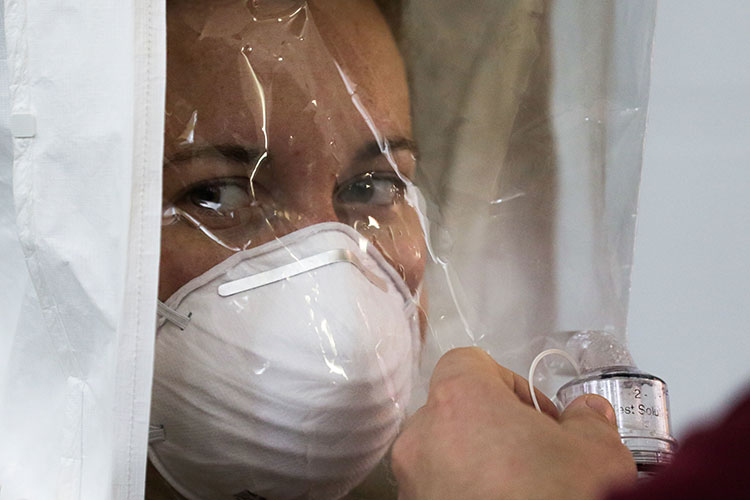Great post, like you said might be some concern on long term issues , but we are still figuring that out. Your experience being at the epicenter etc. is truly a rough thing. Might differ on some opinions but absolutly understand and respect your viewpoints where you are coming from.I live and work near an early epicenter. I work with the medical community so I know a lot of frontline medical workers. Fortunately, I haven’t lost any close friends or family. I know dozens who have tested positive.
There is so much we don’t know. So much that we won’t know until years in hindsight.
But there is at least reason to believe there can at least be significant temporary lung damage in asymptomatic cases.
And lots of mysteries in terms of more long lasting damage in more serious cases.

From lung scarring to heart damage, COVID-19 may leave lingering marks - Berkeley News
UC Berkeley professor emeritus John Swartzberg explains how, for some patients, acute COVID-19 infection is just the beginningnews.berkeley.edu
I spoke to 1 radiologist in Manhattan who is simply mystified by the damage to lung tissue he is seeing, nothing like any flu or pneumonia he has ever seen. Spoke to an infectious disease specialist telling me about people with severe ongoing symptoms even 2 months after their “recovery.”
The good news is we are developing better tools to treat patients. We are doing more testing to identify cases so they can be isolated. At least some social distancing and masking to reduce spread.
What’s sad— if we hadn’t rushed to “re-open”, If we had started mass masking nationwide in April or even May, if we implemented a solid contact tracing program... then the disease would be mostly gone by now. Opening schools would be far less troublesome if there were 500 cases per day in the country instead of 60,000.
So there is a lot we don’t know. We don’t know how bad it really is, how bad it really will be.I hope and pray things line up with the “best case scenario.”
But, no matter how you look at it, it would be better to have 90% fewer cases.
Last edited:

